The Most Flavorful Legacy of Our Prehistoric Ancestors: How Did Humans Discover Cooking?
Cooking has been an integral part of human civilization, a beautiful and intricate art practiced for millennia. But how did it all begin? How did our ancestors stumble upon the art of cooking? This article aims to guide you through the fascinating journey of the discovery and evolution of cooking.
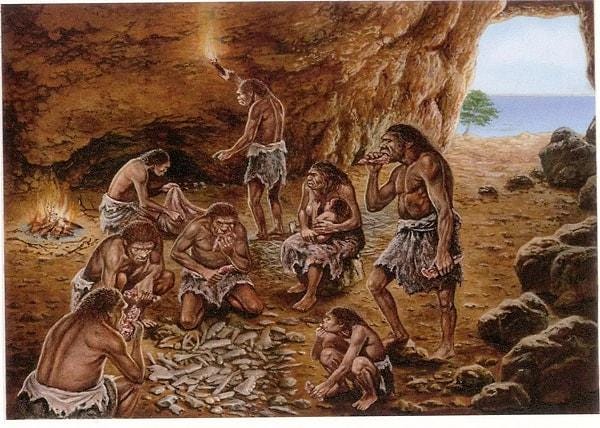
Historians and anthropologists believe that our hominid ancestors started the practice of cooking with a simple yet crucial discovery: fire.
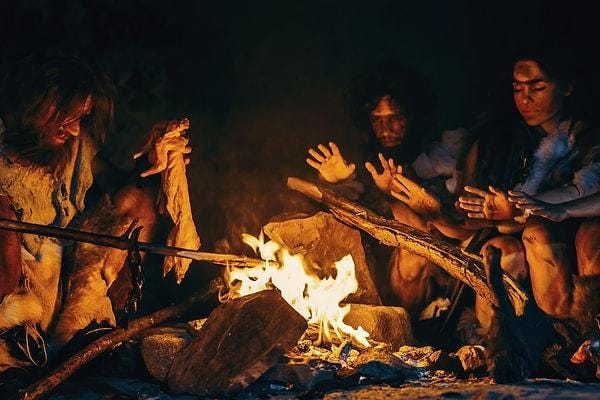
The mesmerizing dance of flames didn’t just provide warmth and protection from predators; it also altered how our ancestors consumed food.
Imagine a group of hominids gathered around a fire, where a piece of meat or root accidentally falls into the flames. The result? Transformed into a more flavorful substance. Over time, through trial and error, early humans began to realize that cooking food over fire made it tastier, easier to chew, and digest.
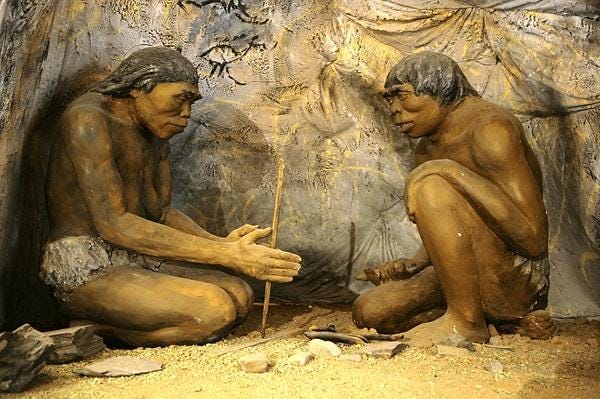
Cooking also played a pivotal role in food preservation. Techniques like smoking, drying, and later, methods like canning, allowed food to be stored for extended periods, changing the rules of survival during times of scarcity.
However, the benefits of cooking extended beyond taste. Cooked foods had a transformative impact on the health and survival of our ancestors. It enhanced the availability and absorption of nutrients, making it easier for our bodies to acquire the energy and resources needed for survival and growth.
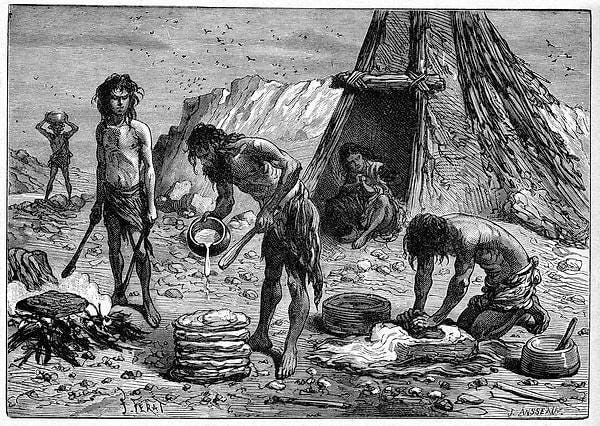
So, how did cooking techniques evolve?
As our ancestors mastered taming fire, they began experimenting with various cooking methods. The earliest forms of cooking were likely roasting (cooking over an open flame) and grilling (cooking on hot stones).
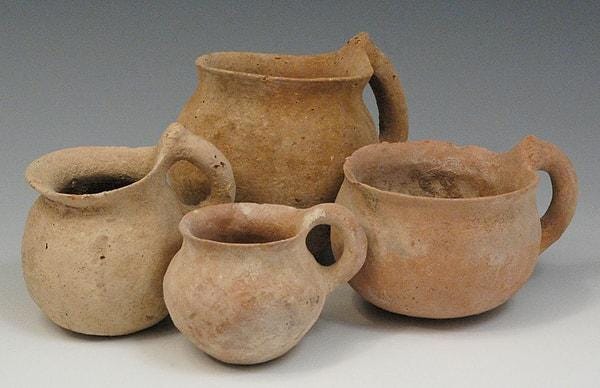
Around 20,000 years ago, the emergence of pottery revolutionized cooking once again. Pottery enabled boiling, opening a world of new culinary possibilities, from soups to grains, expanding the realm of kitchen opportunities.

Alongside boiling, another versatile cooking method emerged: baking. Initially, flatbreads were cooked on hot stones or ashes. Later, the invention of ovens paved the way for more complex baked goods.
The evolution of cooking vessels significantly impacted the evolution of cooking techniques. Every innovation, from clay pots and stone grills to iron pans and modern non-stick cookware, expanded the horizons of culinary possibilities.
As humans spread across the world, regional differences in cooking techniques emerged, influenced by local resources, climate, and culture.
For instance, the Inuit in the Arctic heavily relied on raw and fermented foods, while communities in warmer climates developed intricate spice blends and cooking techniques to preserve and flavor their foods.
Cooking has played a pivotal role in cultural identity and socialization. Traditional recipes passed down through generations tell the stories of our ancestors, while communal cooking and feasting have long served as activities to forge social bonds.
The journey of discovering cooking is evidence of human curiosity, innovation, and the instinct for survival. From the accidental discovery of the transformative power of fire to the development of complex cooking techniques and tools, the art of cooking continues to evolve, shaped by culture, geography, and technology.
Yorumlar
Yorum Gönder